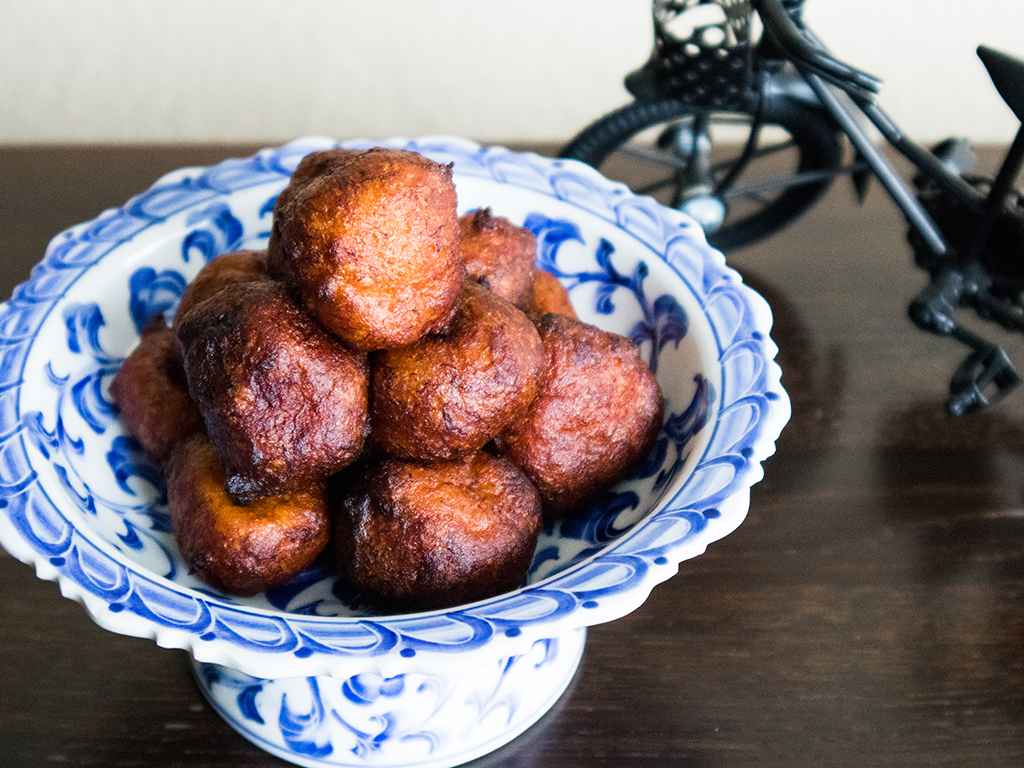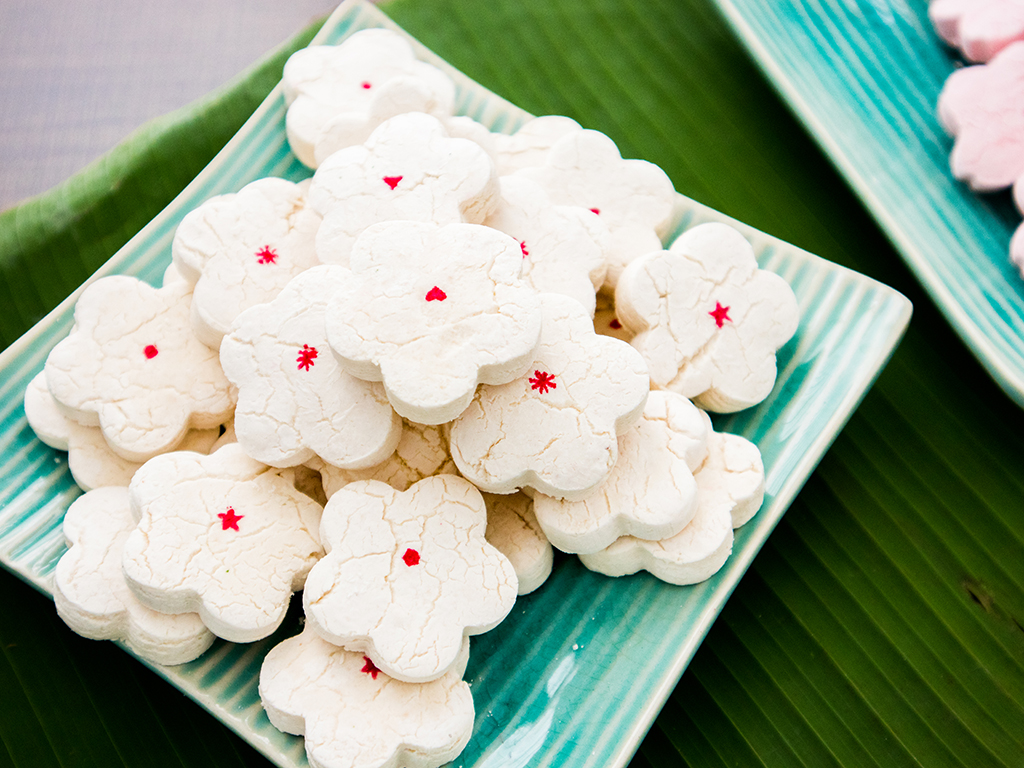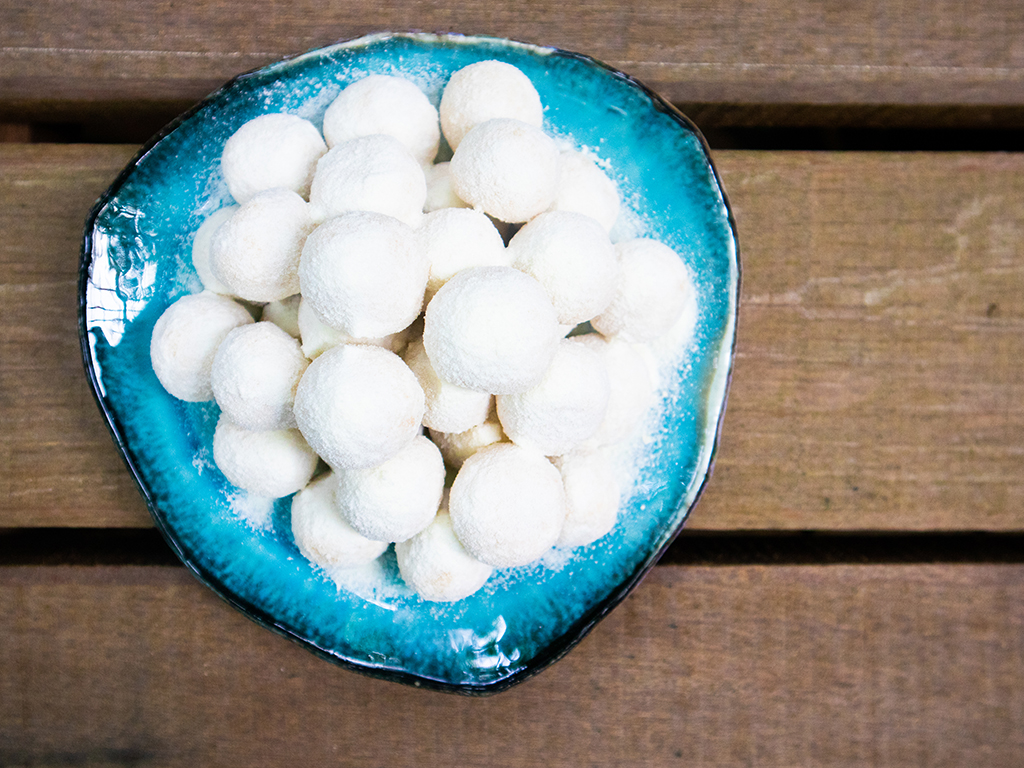
There are a couple of things you need to know about makmur cookies, or kuih makmur as it is more commonly known in Malaysia. Firstly, it is not a kuih. There’s nothing cakey about it at all, and it is one of the many biscuits and cookies that have somehow been mislabelled as kuih, perhaps during a time when ‘biskut’ and ‘kuki’ were not part of our local vocabulary. Secondly, kuih makmur has many names, including kuih makmur Sabah and kuih momo over in Sarawak. It is also referred to as ghee cookies thanks to the copious amounts of ghee that goes into making this biscuit. After a studious recipe comparison, we can safely conclude that all these cookies are one and the same, with only minor replacements and quantity differences as recipe variations.
Traditionally, makmur cookies were made using a textured leaf-mould, although this is getting less common nowadays as the moulds are becoming more difficult to find. The texture traps the fine dusting of icing sugar and powdered milk. These days, kuih makmur is more commonly shaped into bite-size balls, which are then liberally and generously rolled around in the addictive icing sugar and powdered milk concoction. It’s the kind of cookie that gets your fingers messy, but one you won’t mind licking clean after.
There’s a bit of uncertainty as to where these cookies come from. Some say they’re a variation of the Middle Eastern biscuit known as Ma’amoul (hence, ‘makmur’), but apart from a few similar ingredients, including ghee, icing/powdered sugar and nuts (Ma’amoul typically uses pistachio) they both seem to be quite distinct cookies. Others say it originates from the Philippines. Regardless of where it came from, makmur cookies are well and truly Malaysian.
Prosperous cookies?
Makmur means prosperous in Bahasa Malaysia. We’re not entirely sure if eating these cookies will make you prosperous, but taking into account the ingredients used, overly consuming makmur cookies can certainly lead to a ‘prosperous’ body shape, as they say. Considering how addictive and moreish they are, we have to admit that trying to stop yourself from eating kuih makmur requires significant willpower.
There’s one more important distinction to make between traditional style kuih makmur and the more modern ones, and that’s peanut placement. Normally, crushed peanuts are placed in the centre much like a filling, but modern makers have discovered it’s a lot easier, and nicer, to mix the peanuts into the batter instead. We’ve taken this route for our recipe as it’s simpler to get right and the peanut to batter ratio is more even. Plus, you’re assured of getting a bit of crushed peanuts with every bite.
Makmur cookies require some prep time – we recommend doing this a day in advance. But once you’ve prepped your peanuts and flour, everything else comes together so easily that you’ll wonder why you never tried making these cookies before. That said, knowing how to make these could be a dangerous thing as you’ll be absolutely tempted to make them again and again and again. Don’t say we didn’t warn you!
Ingredients

- 250g all-purpose flour, toasted
- 125g ground nuts
- 50g castor sugar
- ¼ tsp salt
- 100g ghee (clarified butter)
- 1 egg
- 50g powdered milk
- 60g icing sugar
Preparation: the day before
- Bake ground nuts in an oven for 30 minutes at 150°C.
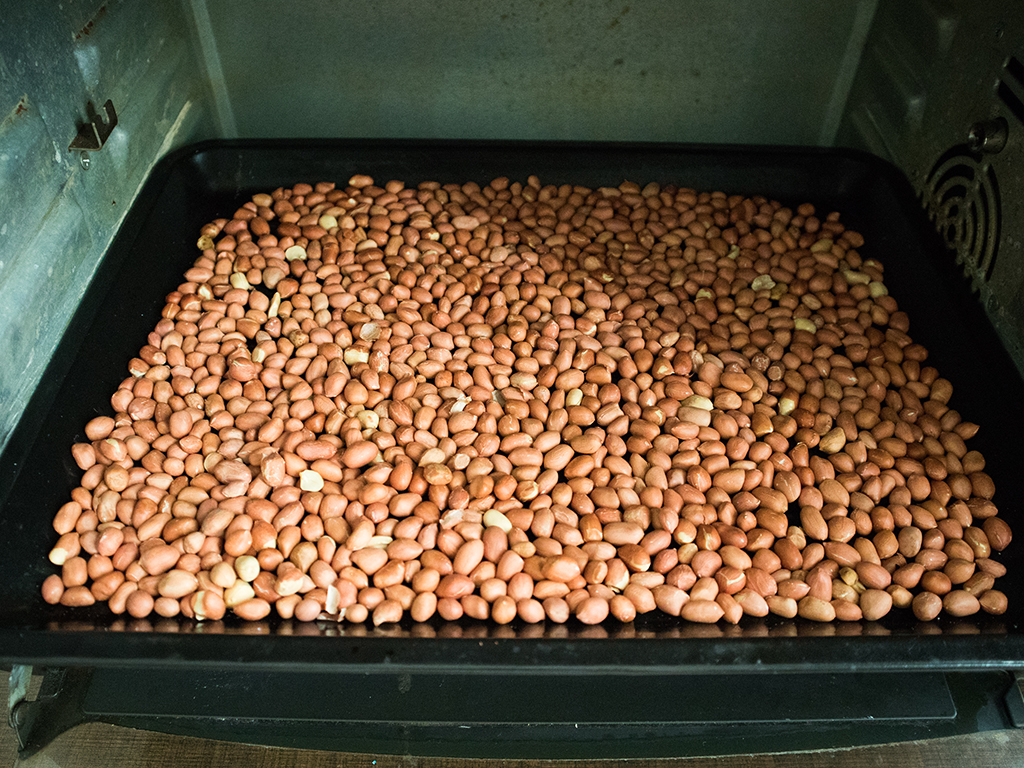
- Once cool, remove and discard peanut skin. Some will remain stubborn, and that’s ok, as long as you’ve removed as much of the peanut skin as possible.
- In a food processor, blend peanuts until they’re fairly small but not as fine as powder. Don’t overdo it or you’ll end up with peanut butter instead.
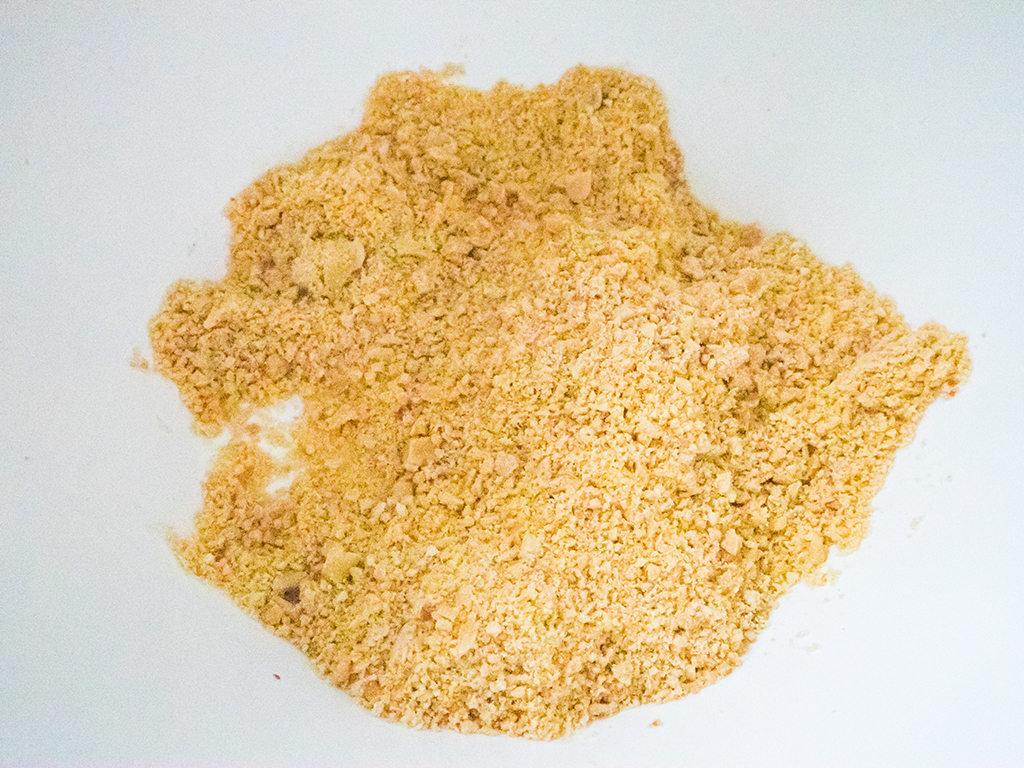
- Store blended peanuts in an airtight container until ready for use.
- Next, let’s prepare the flour. Toast flour in a wok on low heat until it feels dry and fluffy and the colour turns pale yellow. This will take about 15 minutes, depending on the quantity of flour you are toasting and how big your wok is. You’ll want to start with more than 250g of flour as it will lose some density once the flour’s water content evaporates. Do not skip this step as toasting the flour will yield a much fluffier and brittle cookie.
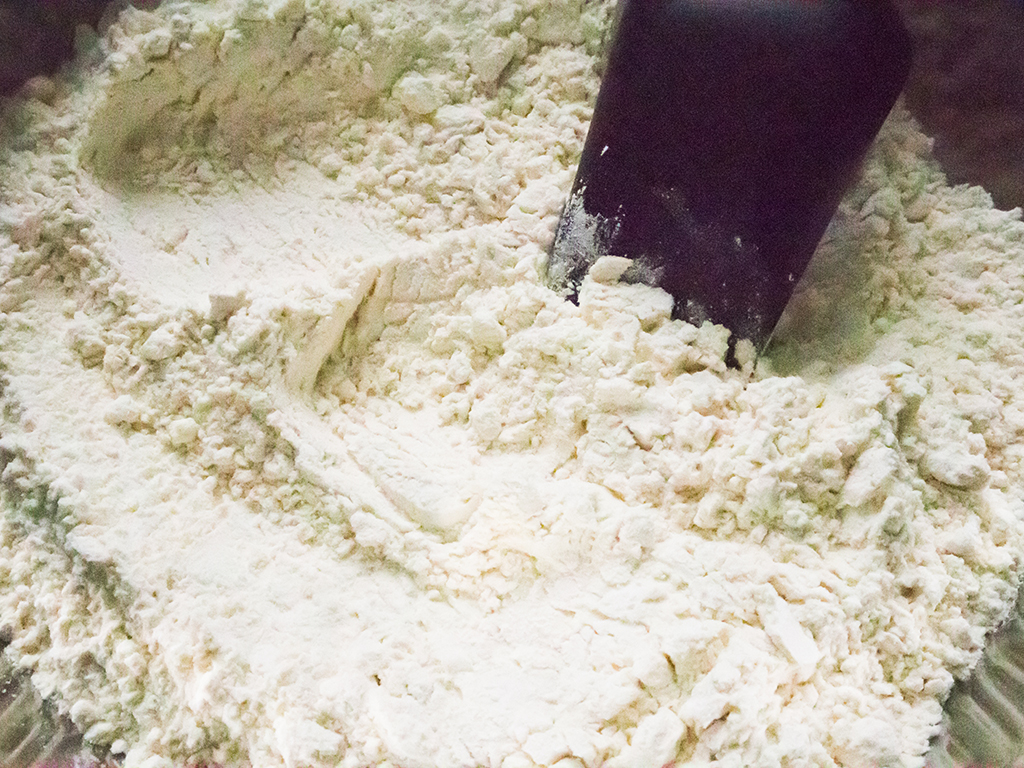
- Once toasted, remove flour from the wok and let it cool thoroughly before storing in an airtight container. This step can be done a week or two before you make the cookies.
Making and shaping makmur cookies
- Heat oven to 160°C and line a baking sheet with baking paper.
- Mix crushed ground nuts with castor sugar and salt until thoroughly combined.
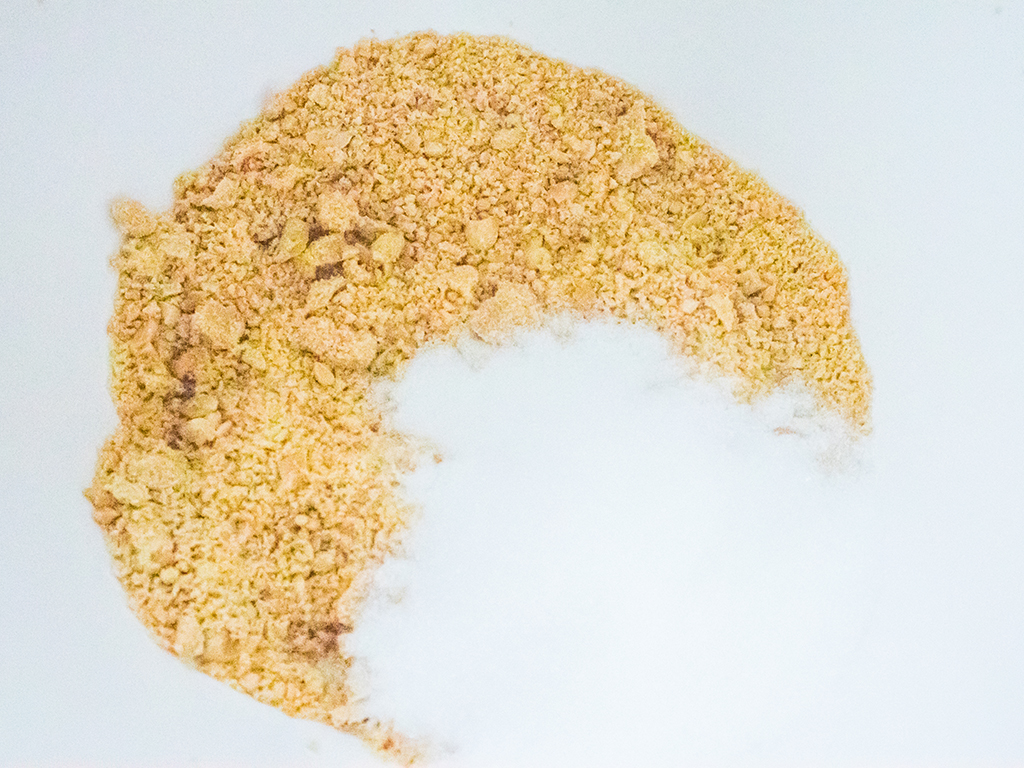
- In a separate mixing bowl, sift toasted flour and create a well in the middle.
- Melt ghee in the microwave for 30 seconds on high heat.
- Pour melted ghee into the well. Using a spatula or a flat spoon, mix flour and ghee together until a dough forms.
- Beat an egg and stir it into the dough. Makmur cookie experts don’t normally use eggs in their recipe as it doesn’t affect the flavour of the cookie. However, it does act as a binding agent and makes the dough easier to handle for beginners.
- Next, add the crushed nuts and sugar mixture and stir until thoroughly combined. The dough will look dry and brittle – this is what we’re aiming for.
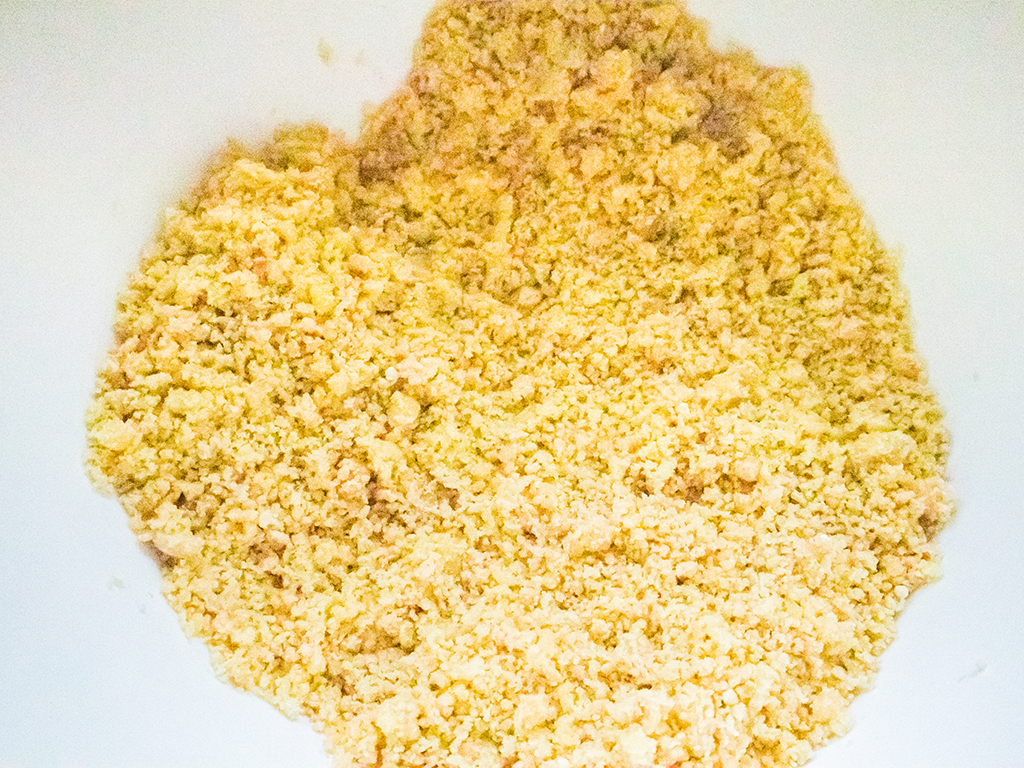
- Take a small handful of dough and compress it in your palm to form bite-sized balls roughly 2 cm wide or 10g in weight per ball. You can make them smaller or larger depending on your preference. Don’t try rolling the dough into balls though, as you’ll just end up with a mess.
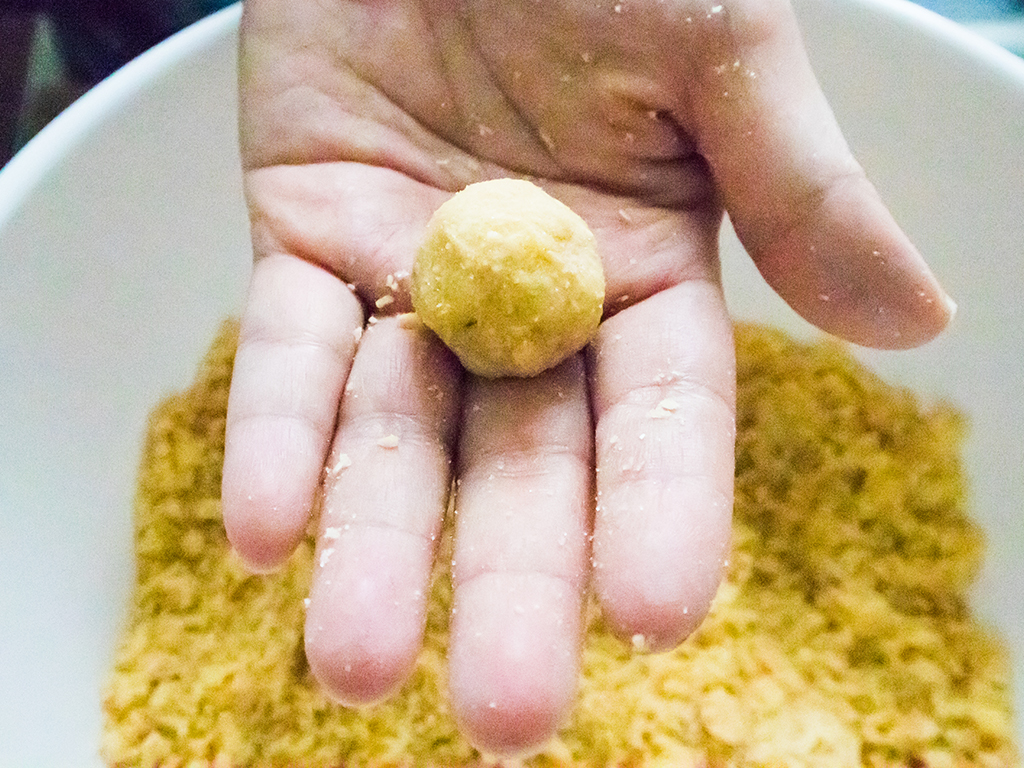
- Place each ball on the baking sheet and continue making more balls until all the dough is used up.
- Transfer makmur cookies to the baking sheet and bake for 20 minutes. Add 5 minutes extra if your cookies are not cooked through, especially if they are larger in size.
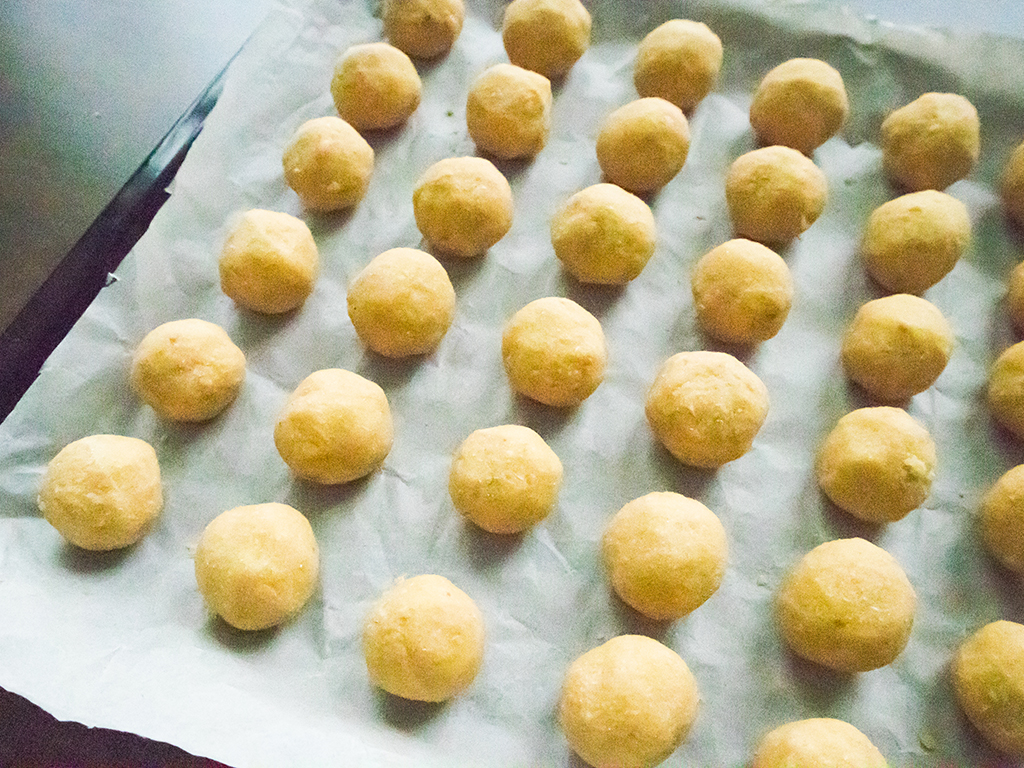
- Once baked, remove cookies from the oven and let it cool to warm temperature.
Milk coating
- While waiting for the cookies to cool, prepare the milk coating by mixing milk powder and icing sugar with a whisk.
- While the cookies are still warm, roll them in the milk coating generously and thoroughly so it melts a little and sticks to the cookies. Don’t stinge! The thicker the coating, the yummier your cookies will be.
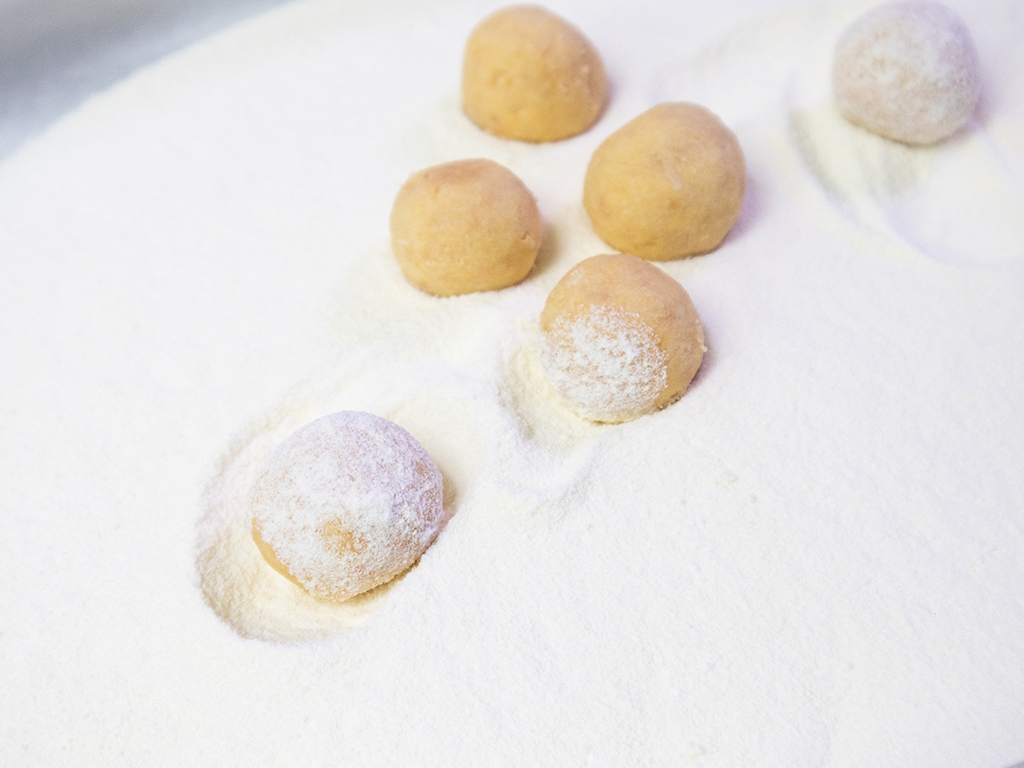
- Let cookies cool thoroughly before storing in an airtight container.
Extra tips
- Another tradition we’ve modernized is the preparation of ground nuts. Typically, nuts are dry-fried in a wok over low heat until the skin turns golden brown. You can still use this technique if you prefer.
- Don’t wait too long to roll your dough into balls as your batter can dry out. However, if it does, add more melted ghee 1 tablespoon at a time for moisture, adjusting the amount based on the quantity of batter you have left.
- Makmur cookies won’t expand in the oven, so it’s fine to line them close to each other on the baking tray.
- While the size of your kuih makmur depends wholly on your preference, the fact is, smaller cookies always ends up with more coating to cookie ratio compared to larger ones, so this is something you might want to consider. That said, there is nothing wrong with preparing a little extra coating on the side for dipping purposes. We know you want to.
Most recipes for makmur cookies do not include salt, but we found that adding just a little takes its sweet-nutty-savoury-moreish flavour to a deeper level. It is, also, admittedly, not the healthiest of cookie options out there with its combination of ghee and sugar and milk powder galore, but it is absolutely worth the calories. The way we see it is if you’re going to eat some kuih makmur, it better be darned good kuih makmur.
Share your makmur cookie pictures with us by using the hashtag #butterkicap. We can’t wait to see how they turned out!

